Diversity, Equity and Inclusion (DEI) has been a trending term in the workplace for years now. More newsrooms are making efforts to incorporate a policy of cultural inclusion as a way of introducing a sense of belonging for employees in news organizations.
The intentions within these efforts are what cause the most controversy. Are newsrooms only including DEI for the “perfect picture frame” of what may seem like a diverse group of workers but in reality they are not presented with equal opportunities? Are those in authority looking only for representation and leaving out the space for equity and inclusion? DEI shouldn’t just be about placing someone in the room, it should be about giving equal opportunities for professional development and inclusion.
“The hardest part in the DEI equation is the equity piece,” said LaSharah Bunting, the CEO and executive director of the Online News Association (ONA). “I’m most focused on how we can ensure that things are equitable and fair.”
With more than 20 years of experience in journalism, Bunting knows all about the ins and outs of the newsroom environments and leads with a passion for people.
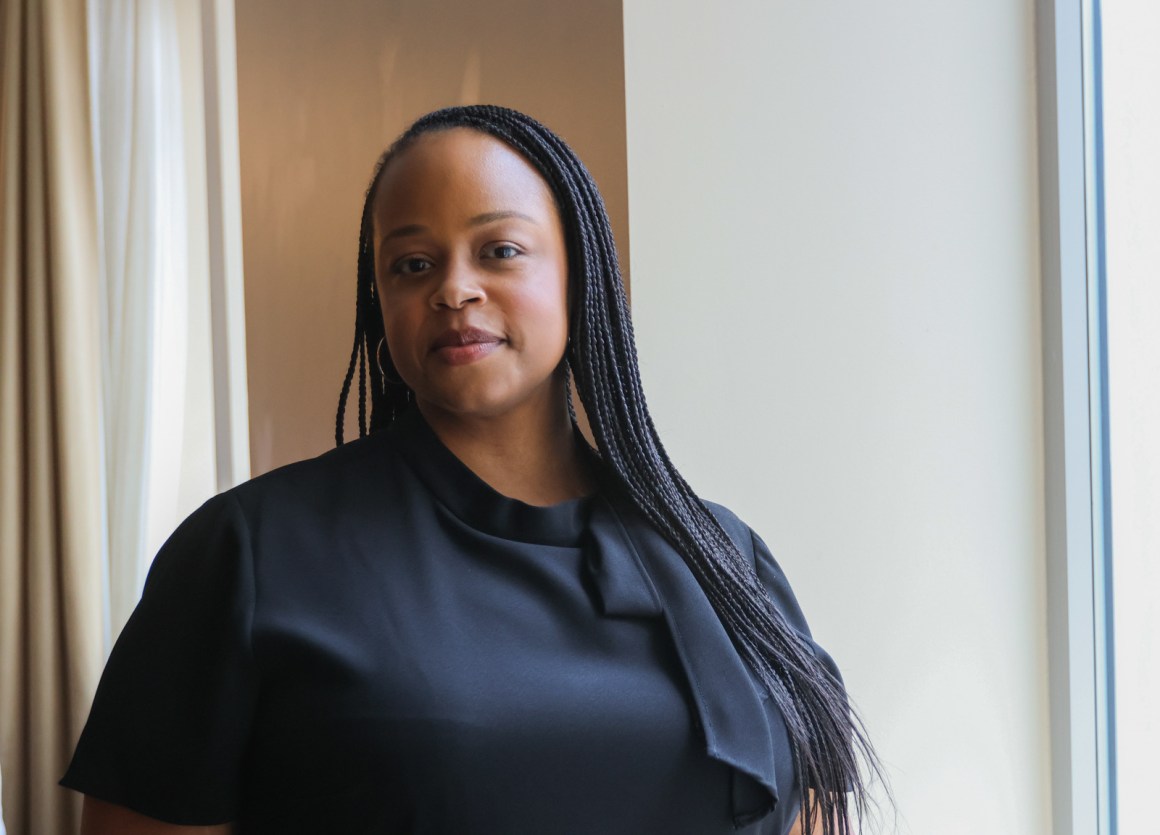
“It’s more than just diversity that we are pushing for, equity means we have to talk about the shifting of power within the culture of spaces like the newsrooms,” Bunting said. “It may be hard work, but it’s the best form of what DEI should look like.”
When a person does not have the same opportunities to advance in their company, they don’t feel fully represented. Leaders focused on this work say it’s important for journalists from all ethnic backgrounds to see themselves in the various leadership roles in a newsroom. It makes a difference in their overall morale and performance.
Since journalism offers many avenues for discussion and expression, all journalists can offer insight into the importance of DEI and how to integrate it more effectively into their writings and workspaces.
“For me, solution journalism is the missing piece of the inclusion puzzle,” said Deborah Douglas, a solutions journalist and speaker at this year’s conference.
“I’ve been in a lot of majority white newsrooms that struggle with covering marginalized communities and pressing social problems that arise in those communities because of the lack of awareness with DEI,” she said.
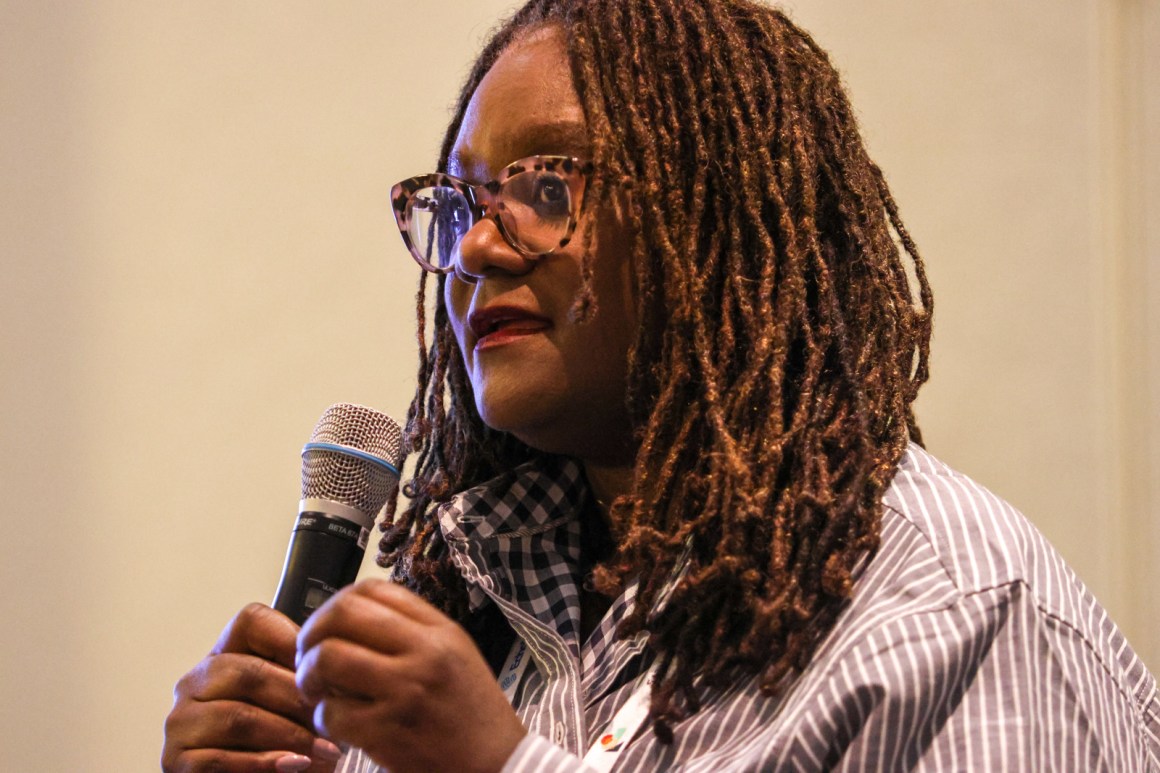
Solution journalists generally provide insights on how to solve these nuances. It can be difficult to take up stories if you have no background in the community or insight into their lived experiences. One solution can be encouraging reporters to research and become educated about the different communities they are reporting on.
This is just one way to open up more opportunities for growth and true representation within the newsroom environment. It takes true compassion for one to understand the struggles these marginalized communities face. It also takes effective character and leadership from the newsrooms who are covering these communities to meet people where they are without preconceived notions.
According to the Pew Research Center, the efforts for newsroom diversity are still a work in progress.
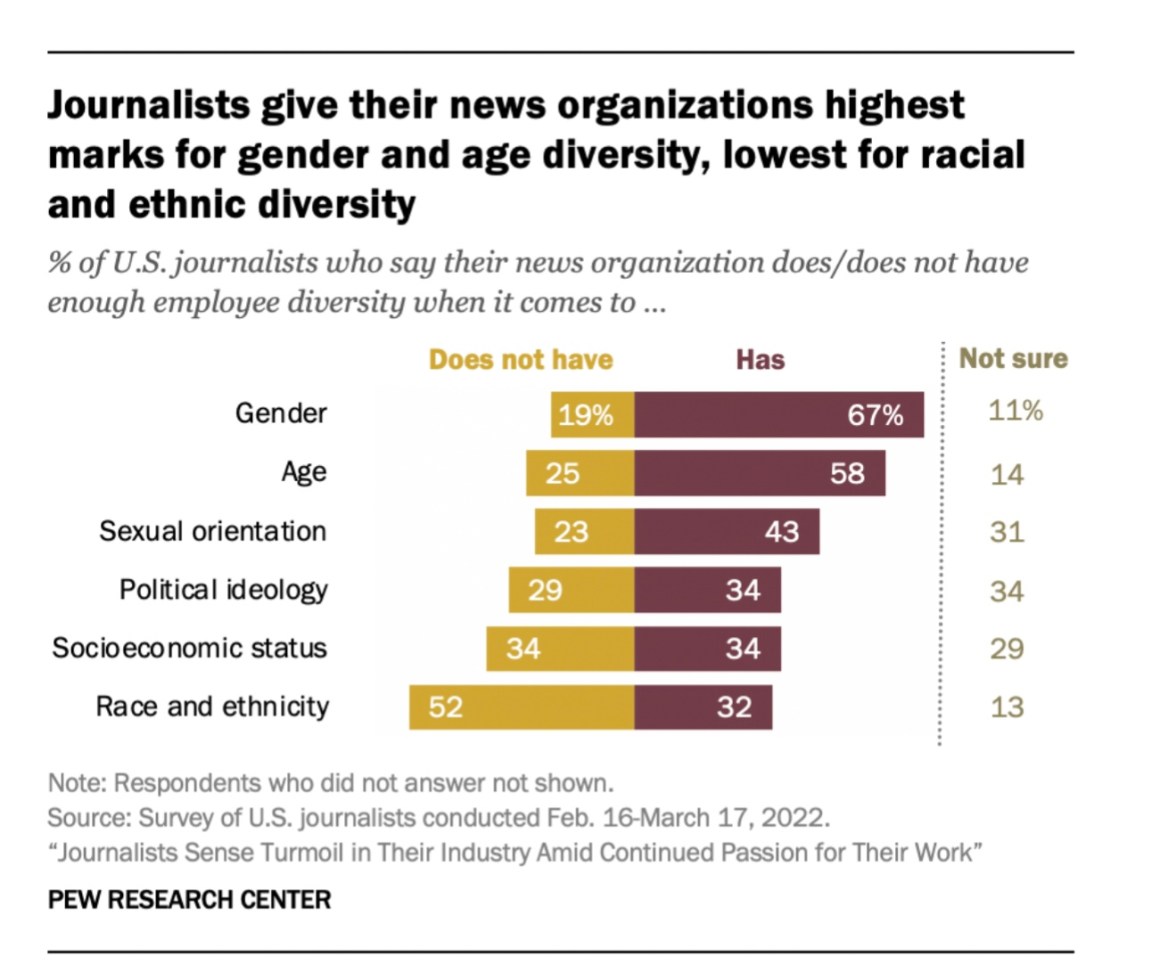
To understand and enforce the true impact that DEI can have in newsrooms, organizations must consider the whole picture while also considering how to genuinely incorporate the values behind diversity, equity, and inclusion.
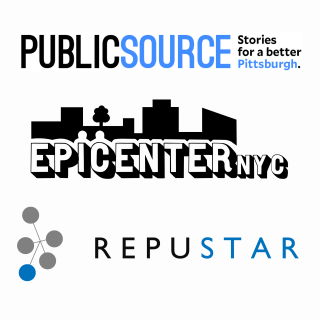

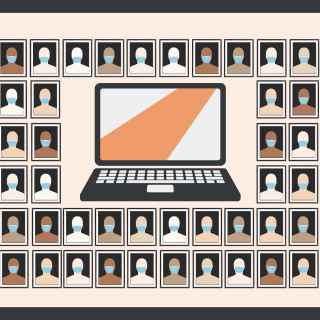

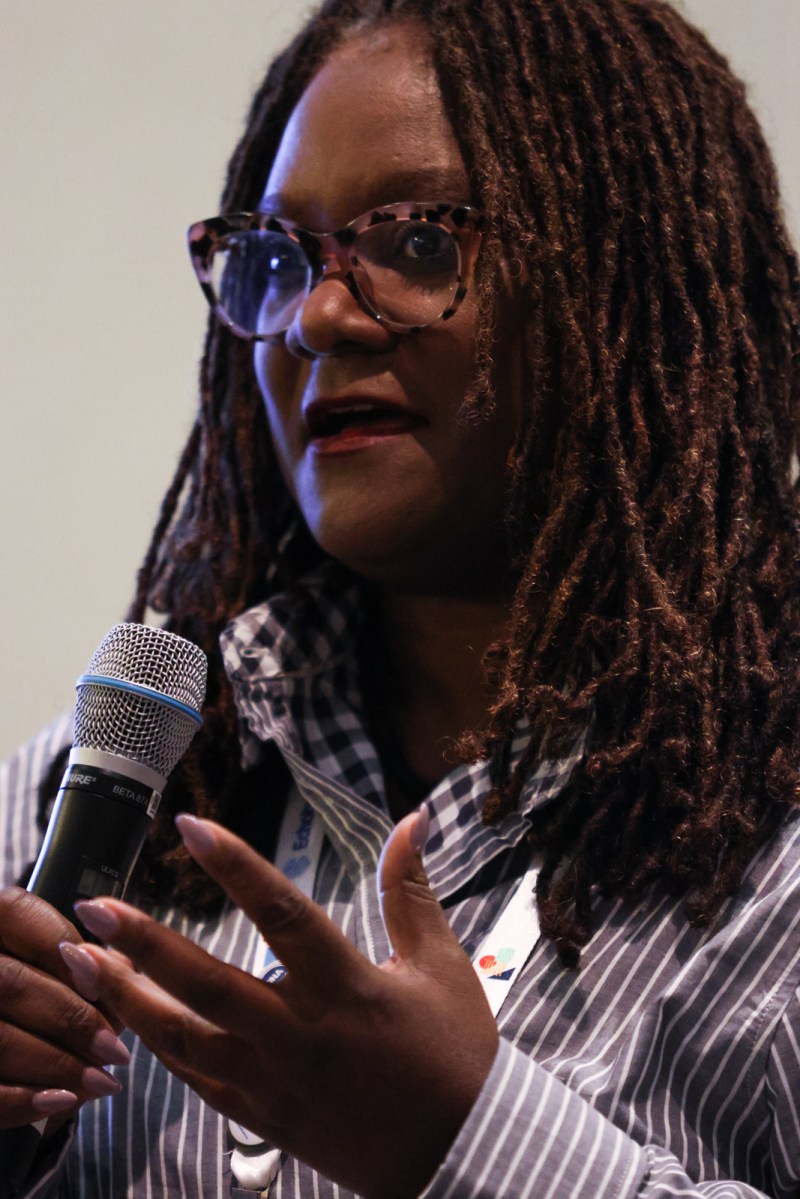
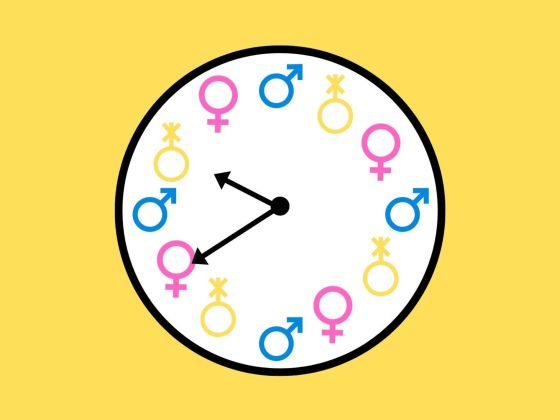
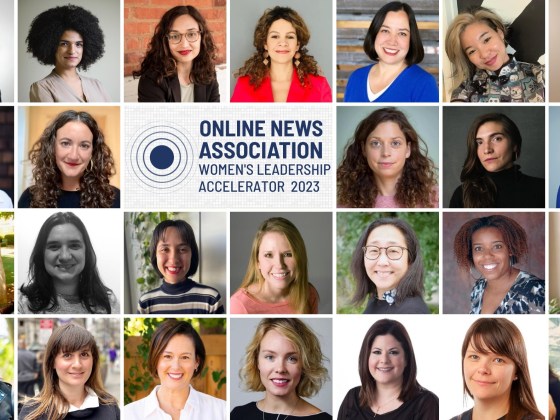
You must be logged in to post a comment.